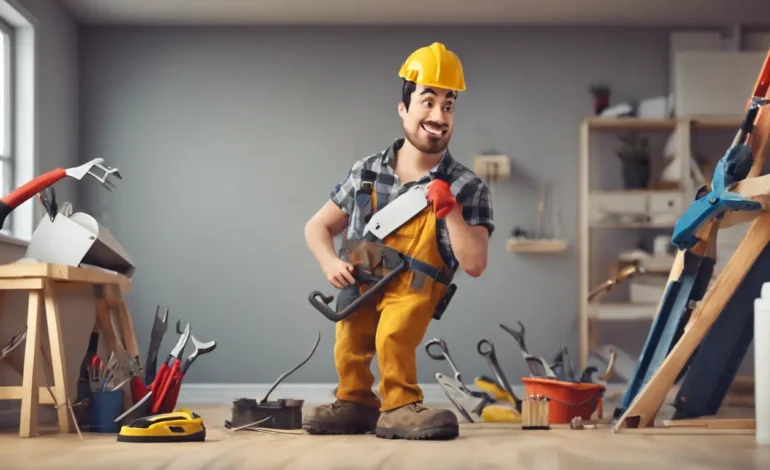Why You Should Choose a Handyman for Repairs Instead of Replacements
Guest Post
- November 2, 2024
- 4 min read

In today’s fast-paced world, when something around the house breaks, the immediate reaction often is to replace it. However, there’s a growing movement toward repairing rather than replacing, which is both budget-friendly and environmentally responsible. A reliable, skilled handyman can breathe new life into items you might otherwise discard—from furniture to appliances and even fixtures. Not only does this save money, but it also gives you the satisfaction of extending the life of items you love.
Benefits of Repairing Over Replacing
Cost Savings
One of the biggest advantages of repairing is the cost savings. Replacing items, especially large ones like cabinets, doors, or appliances, can be costly. Repairing them, however, usually requires just a fraction of that price. For example, a broken cabinet door or a chipped countertop may only need minor fixes rather than an entire replacement.
Environmental Impact
Repairing also helps reduce waste. When items are repaired instead of replaced, there’s less strain on landfills, reducing your carbon footprint. Choosing repairs over replacements is a simple but impactful way to be more environmentally conscious.
Preserving Quality and Sentimental Value
Some items hold sentimental value or are of high quality that you don’t find in newer models. Whether it’s an old wooden chair passed down through generations or a unique piece that adds character to your space, a skilled handyman can restore these items and help you preserve their charm.
When to Call a Handyman for Repairs
A handyman can handle a wide range of repairs, including carpentry, plumbing, electrical work, and general maintenance. Here are some common repair services that handymen provide, which may save you from costly replacements:
- Furniture Repairs: Loose legs, scratches, or even broken sections of wood can often be fixed to restore furniture to its former glory.
- Fixture Repairs: Taps, cabinets, or light fixtures that aren’t functioning properly can often be repaired rather than fully replaced.
- Small Appliances: Small household appliances like microwaves or coffee makers can sometimes be repaired, saving you from buying new ones.
- Painting and Patching: If your walls or furniture are scratched or scuffed, a handyman can provide touch-ups that make them look as good as new.
- Window and Door Repairs: Instead of replacing a door or window, a handyman can repair locks, hinges, and frames, which is far more cost-effective.
Finding a Reliable Handyman
It’s essential to find a handyman with experience, reliability, and a strong reputation. A skilled handyman should not only be able to fix issues but also be transparent about what’s possible to repair and what might require replacement.
One highly recommended professional is brockleyhandyman on Instagram. With a wide variety of projects showcased, from furniture repair to electrical and plumbing work, you can get a clear view of the quality and versatility offered. This account displays several examples of quality repairs and offers a way to easily connect and arrange a service.
How to Work with a Handyman for Repairs
To get the best results, start by clearly explaining the issue to your handyman. Share photos if possible, as this can help them assess the work needed. They may suggest alternative solutions you hadn’t considered, such as refinishing or reinforcing rather than replacing.
Benefits of Following a Handyman’s Work on Instagram
By following a reliable handyman on social media, you can gain insights into their expertise and creative problem-solving skills. You’ll see real-life examples of how items were salvaged through quality repairs, and it can help spark ideas for your own home’s needs.
In conclusion, hiring a handyman to repair rather than replace can be a wise and rewarding choice. It’s cost-effective, reduces waste, and allows you to preserve items that may hold sentimental or unique value.



